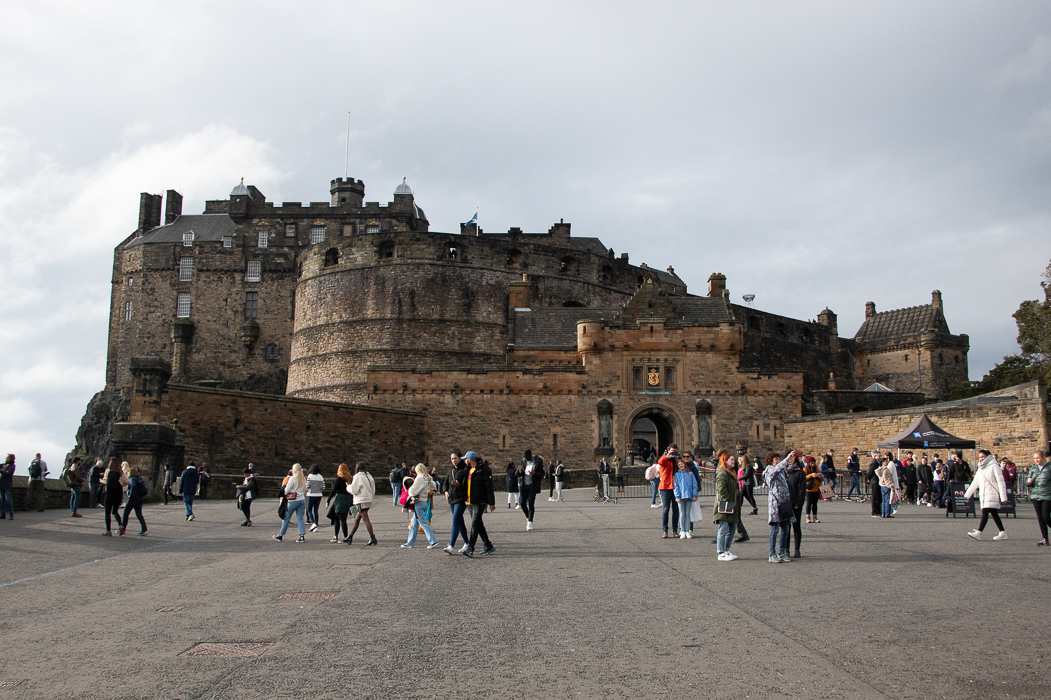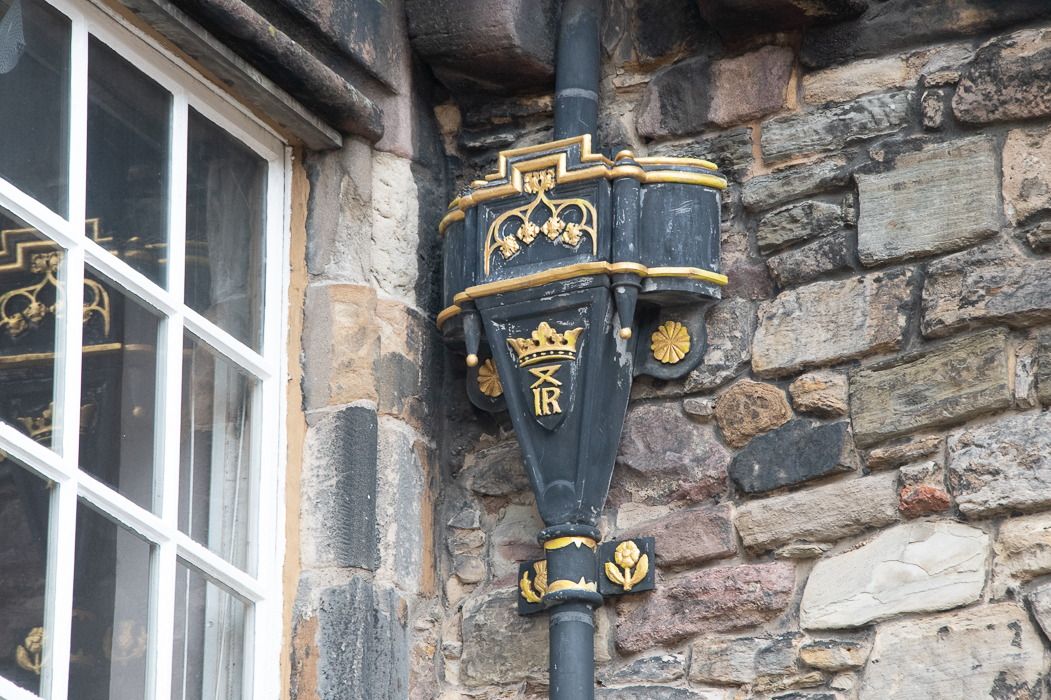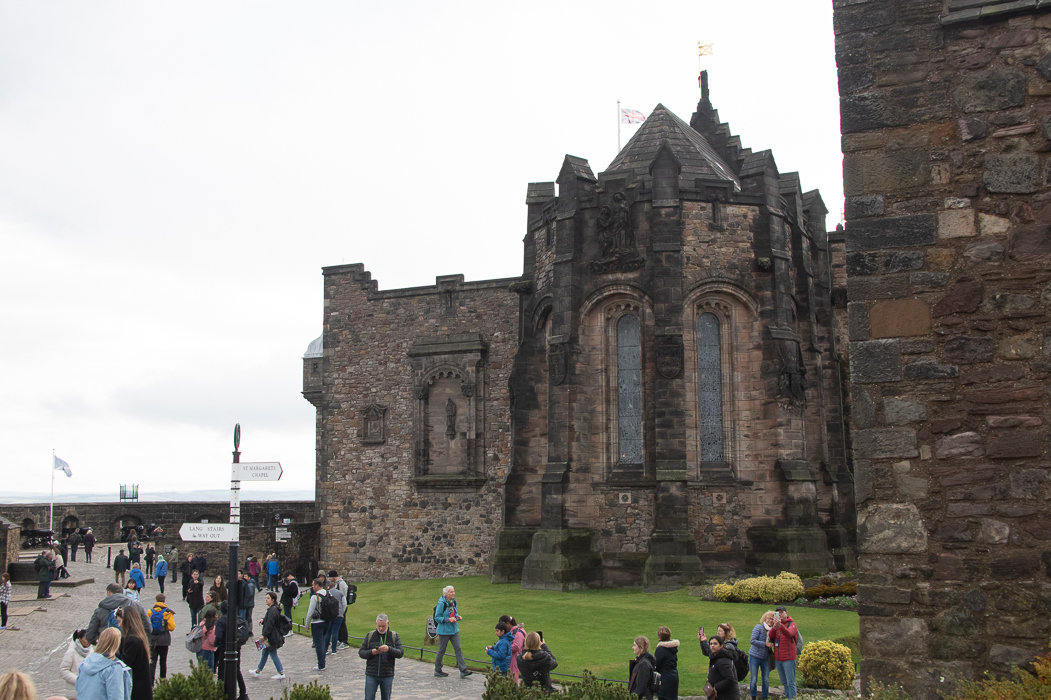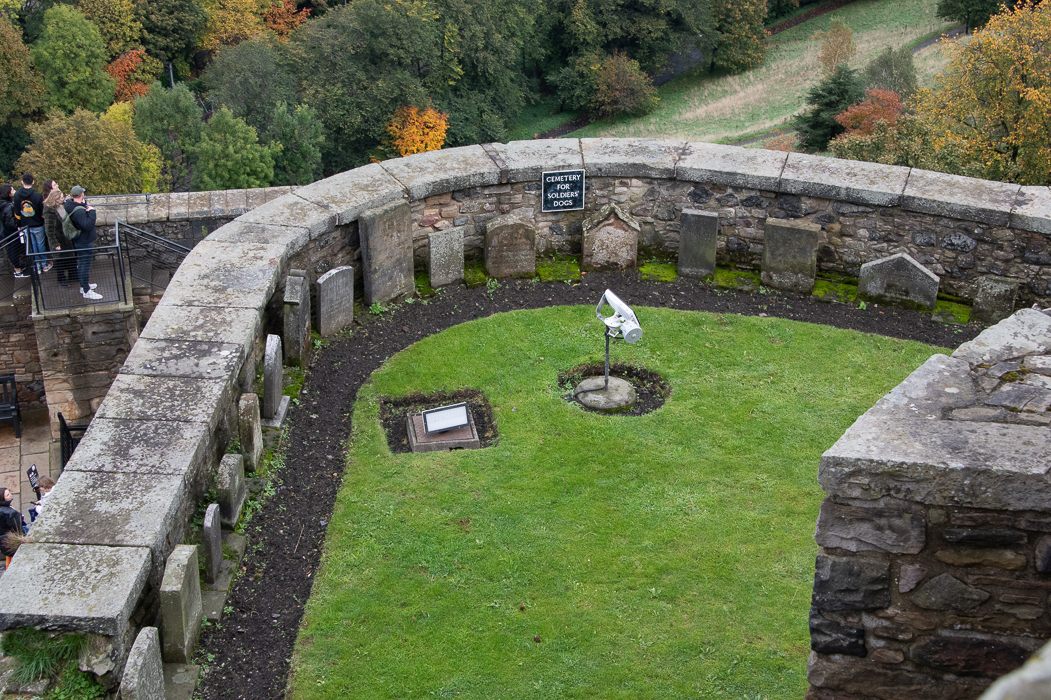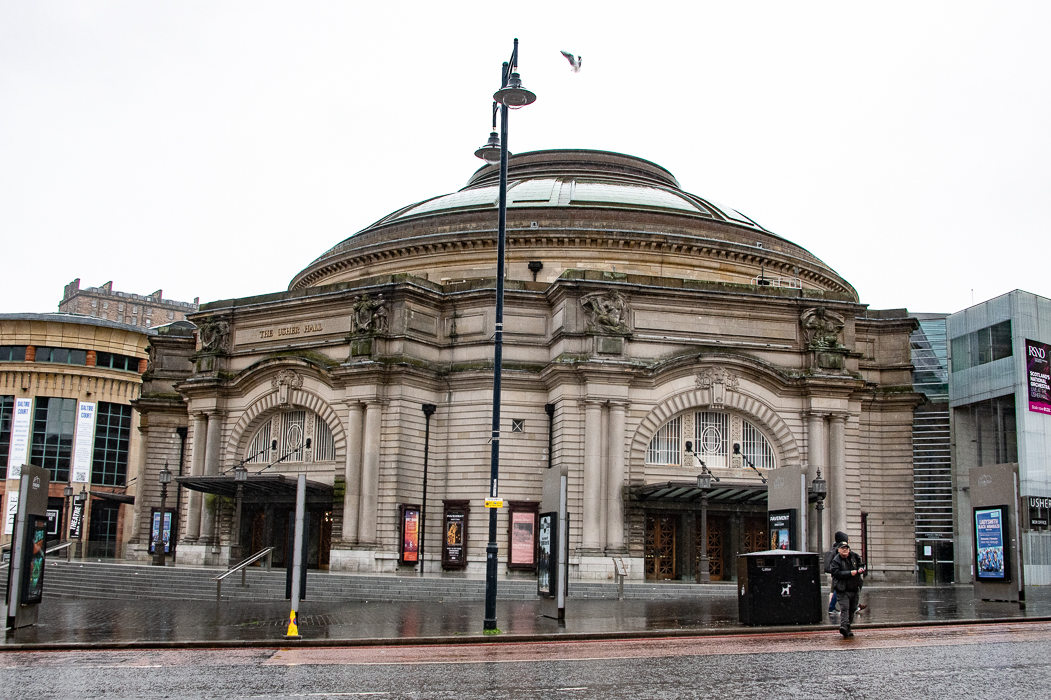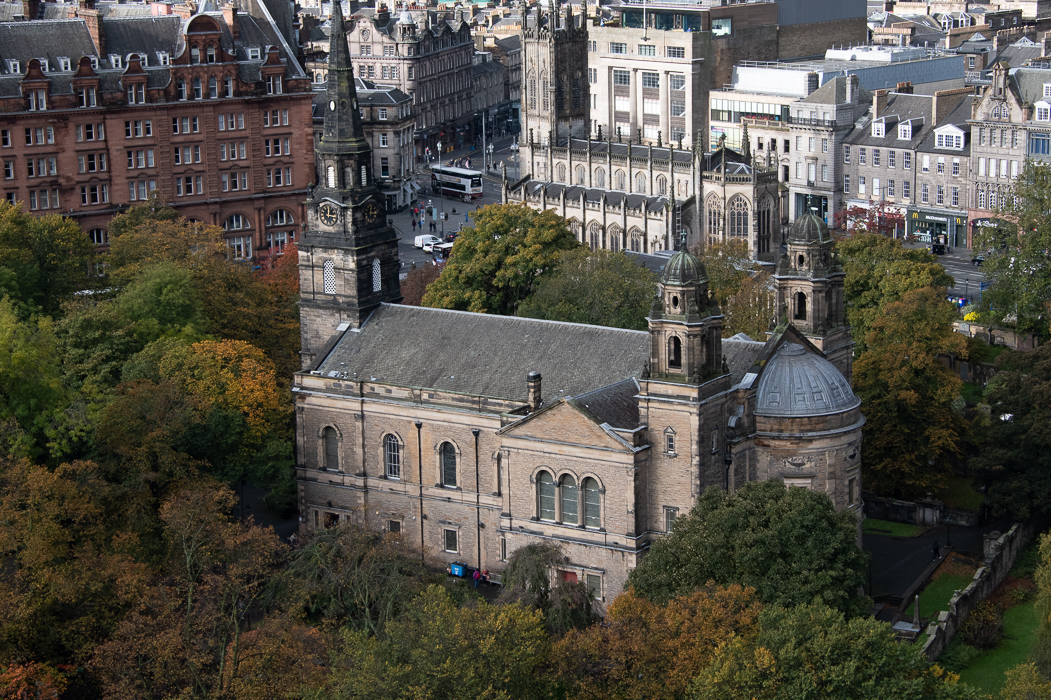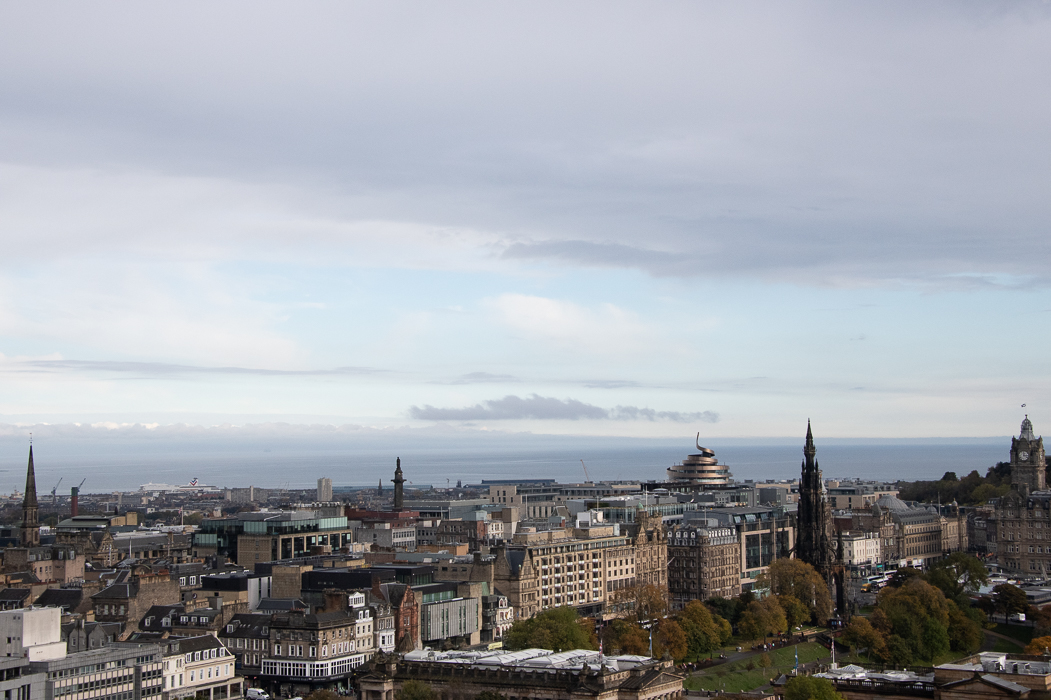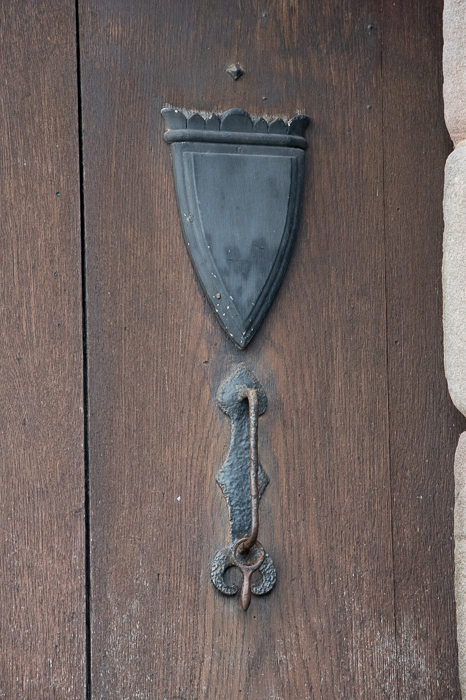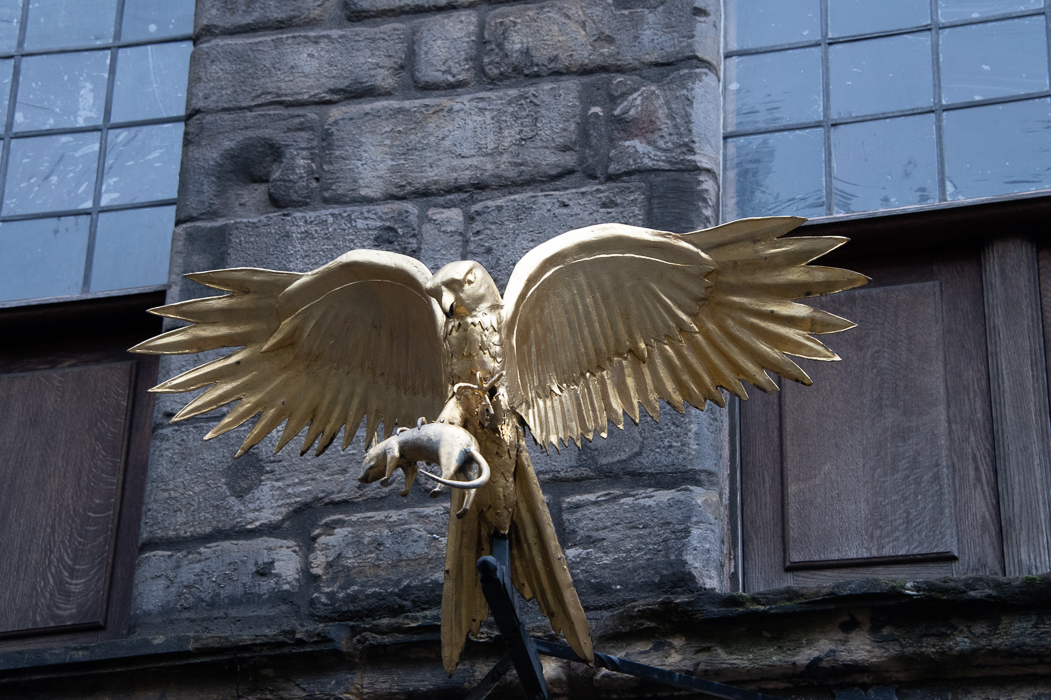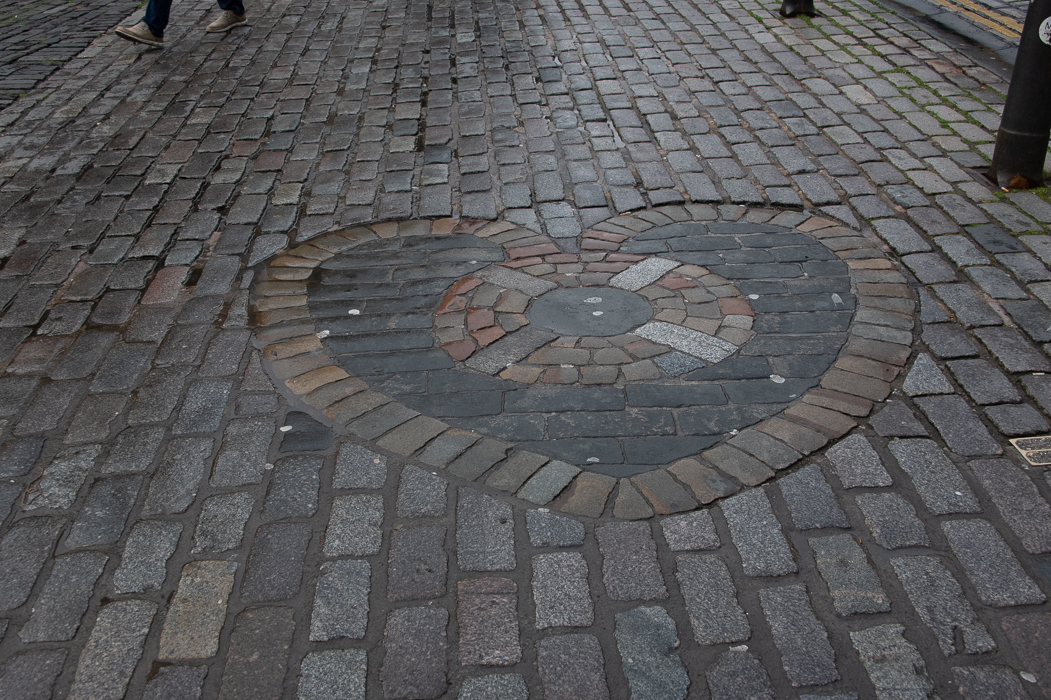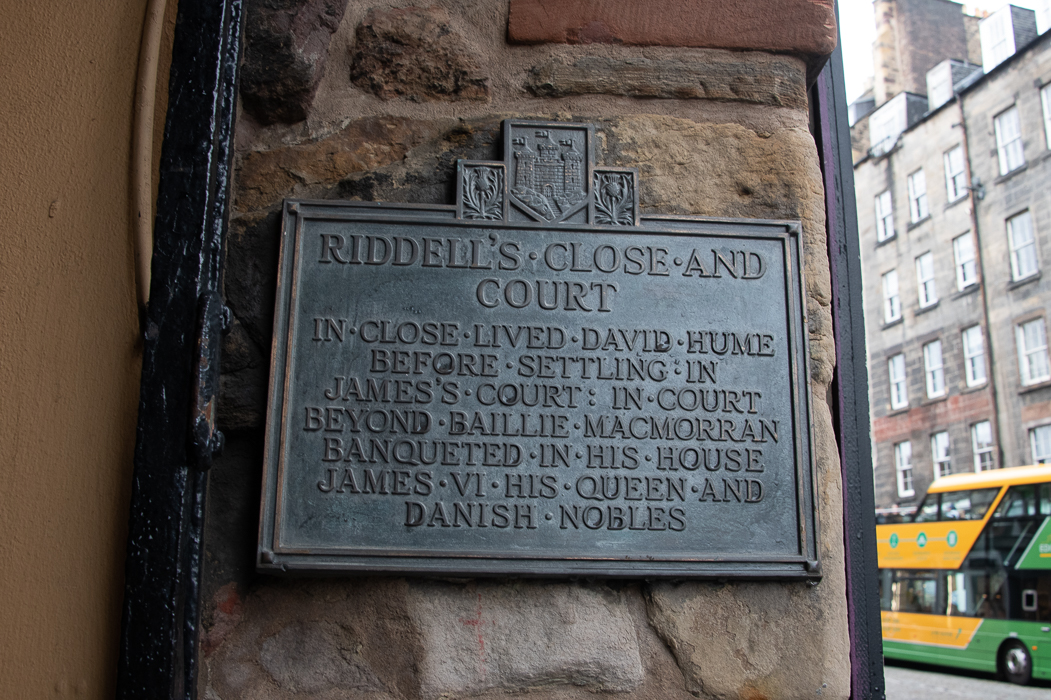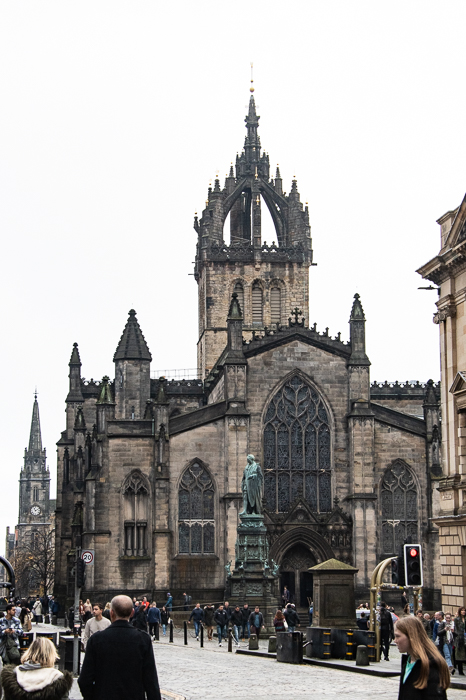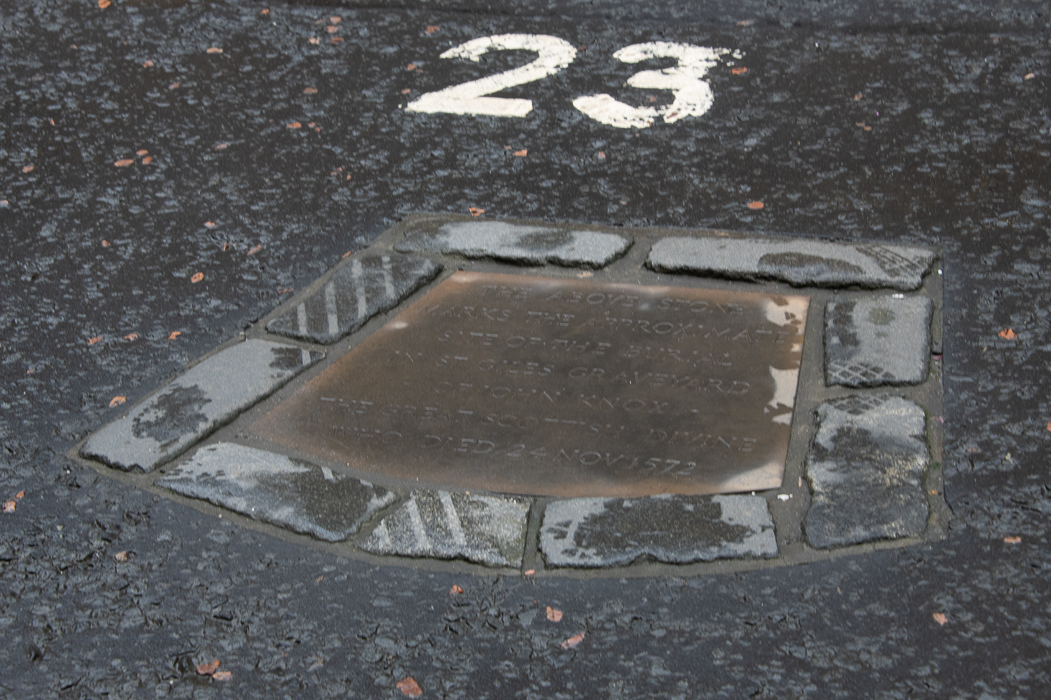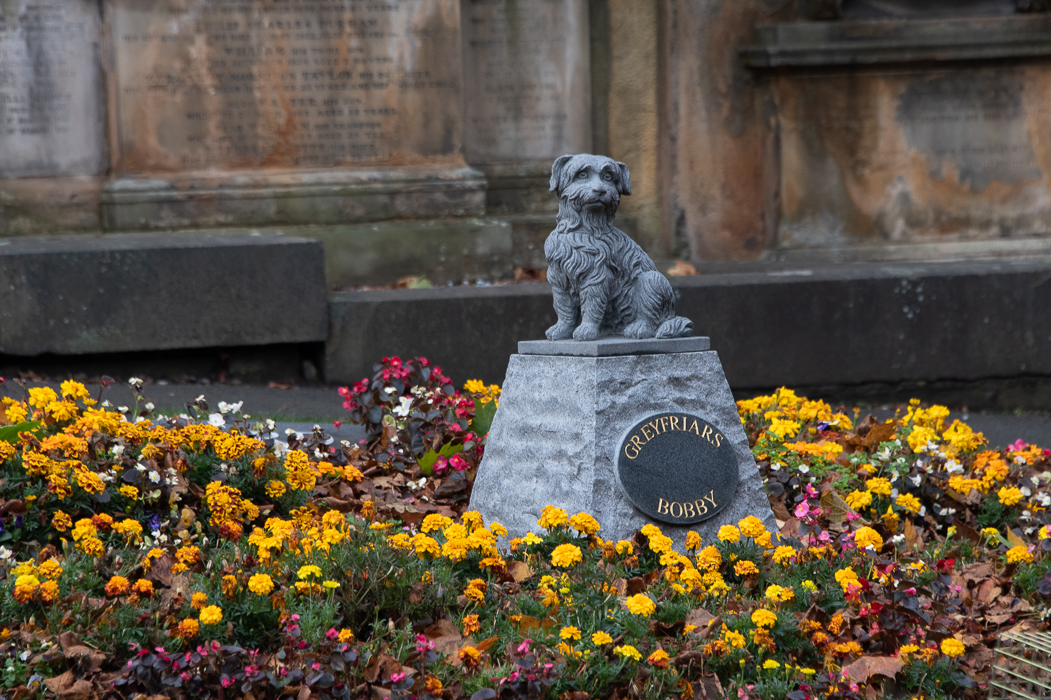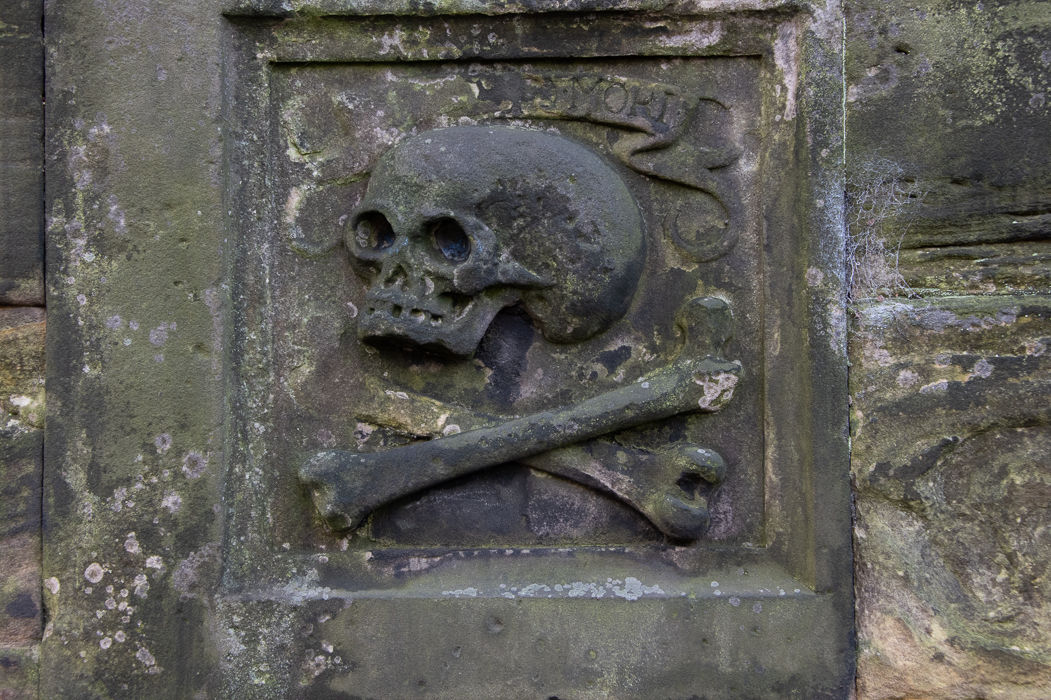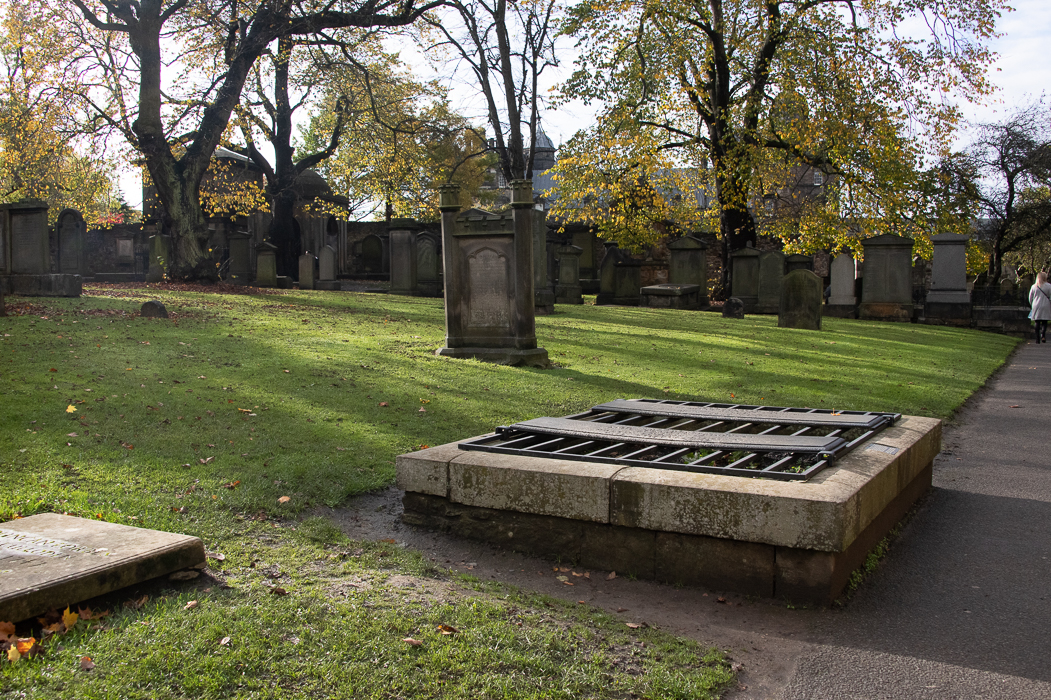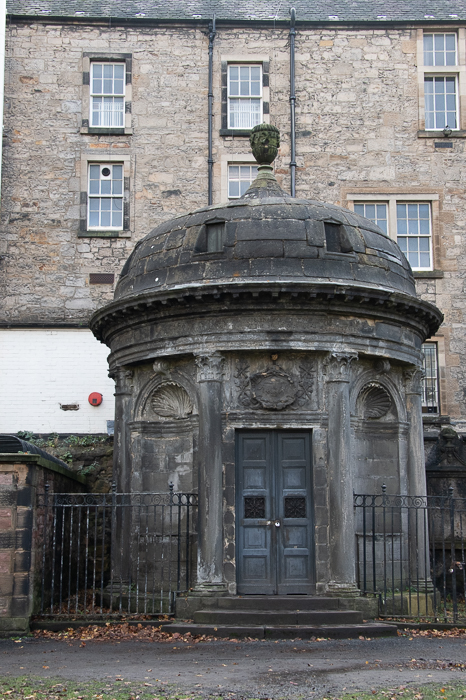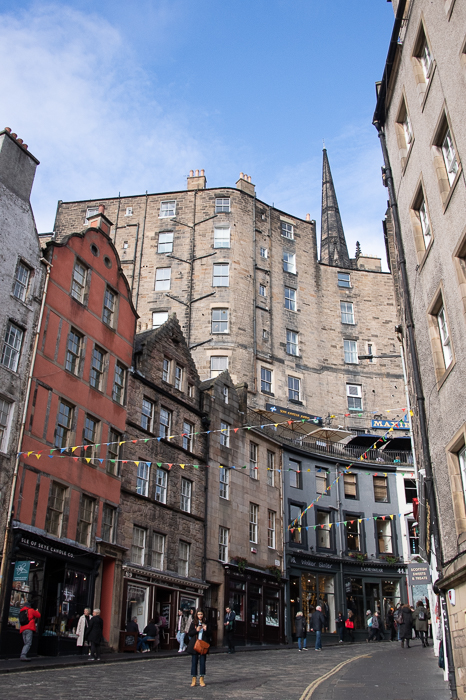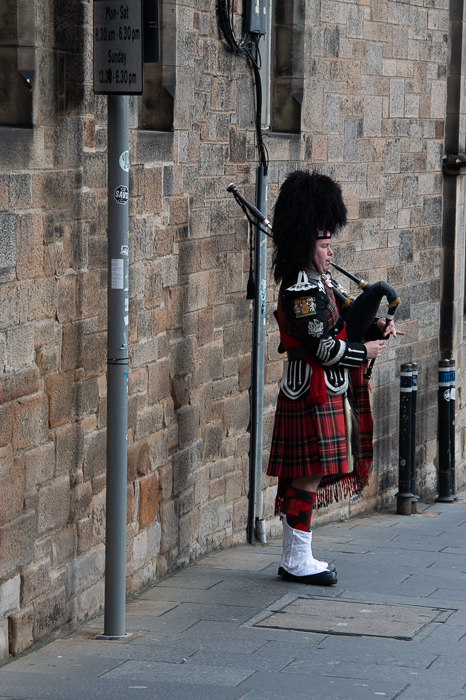October 21, 2022
My first day in Edinburgh, Scotland
Edinburgh Castle
You can not miss the castle when in Edinburgh. Edinburgh Castle stands on Castle Rock, which has been occupied by humans since at least the Iron Age. The castle has served a royal purpose since the reign of David I in the 12th century and remained so until 1633. From the 15th century, the castle’s residential role declined, and by the 17th century, it was principally used as military barracks with a large garrison. This is why the tour, with the exception of the royal jewels (no photos allowed), is primarily of military items and military history.
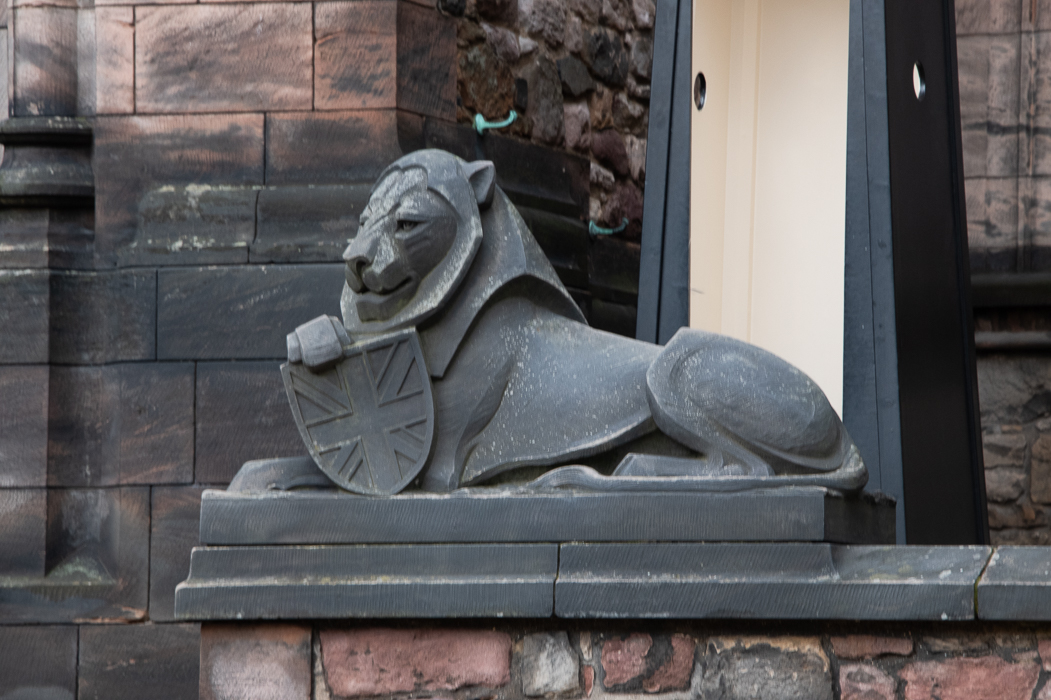
The heraldic lion from the royal arms with its Union Jack shield standing in front of the Scottish National War Memorial
Views from Edinburgh Castle
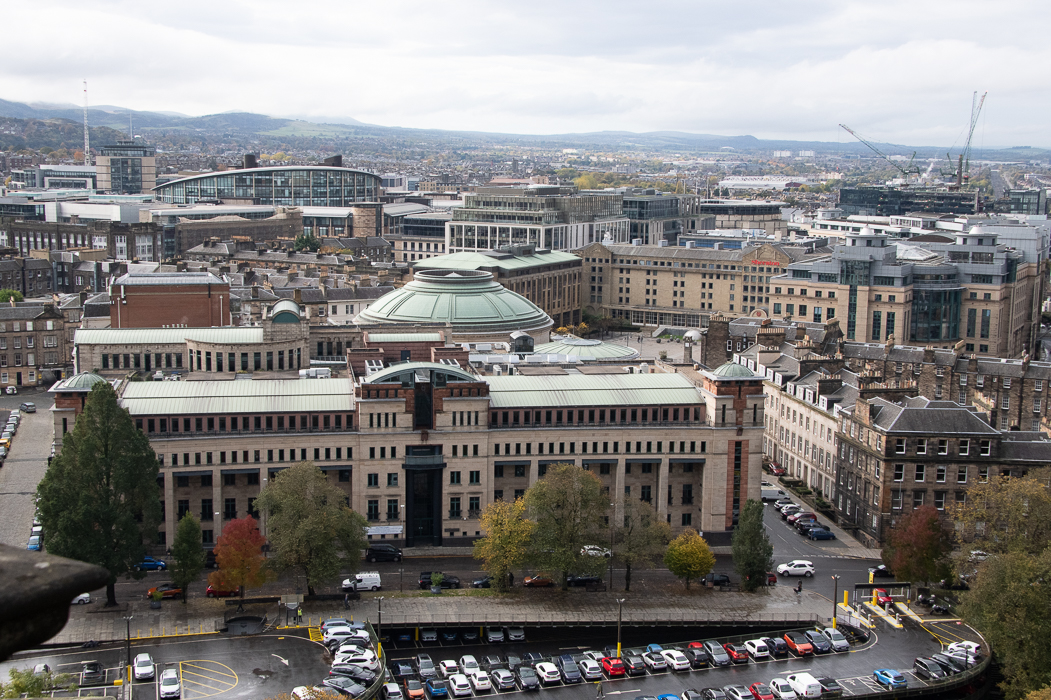
The dome of Usher Hall. Constructed in 1914 it can hold approximately 2,200 patrons and has hosted hundreds of very famous entertainers.
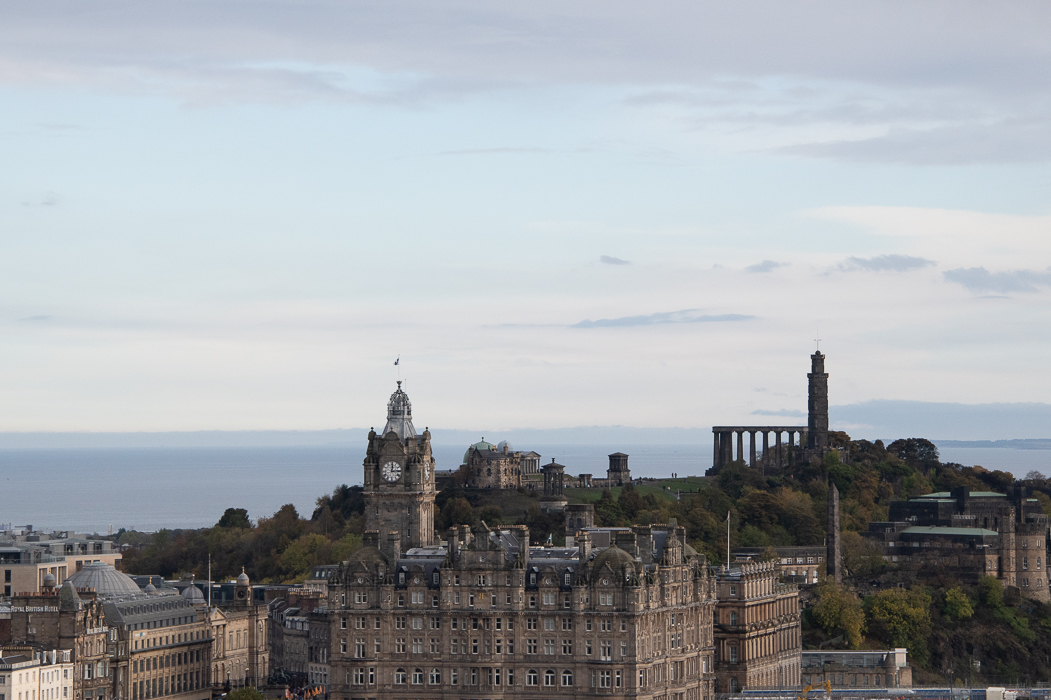
Looking towards Calton Hill where you can see the National Monument, inspired by the Parthenon. Intended to commemorate the Scottish servicemen who died in the Napoleonic Wars, it was never completed leaving just the twelve columns you see. to the right of the National Monument is Nelson’s Monument.
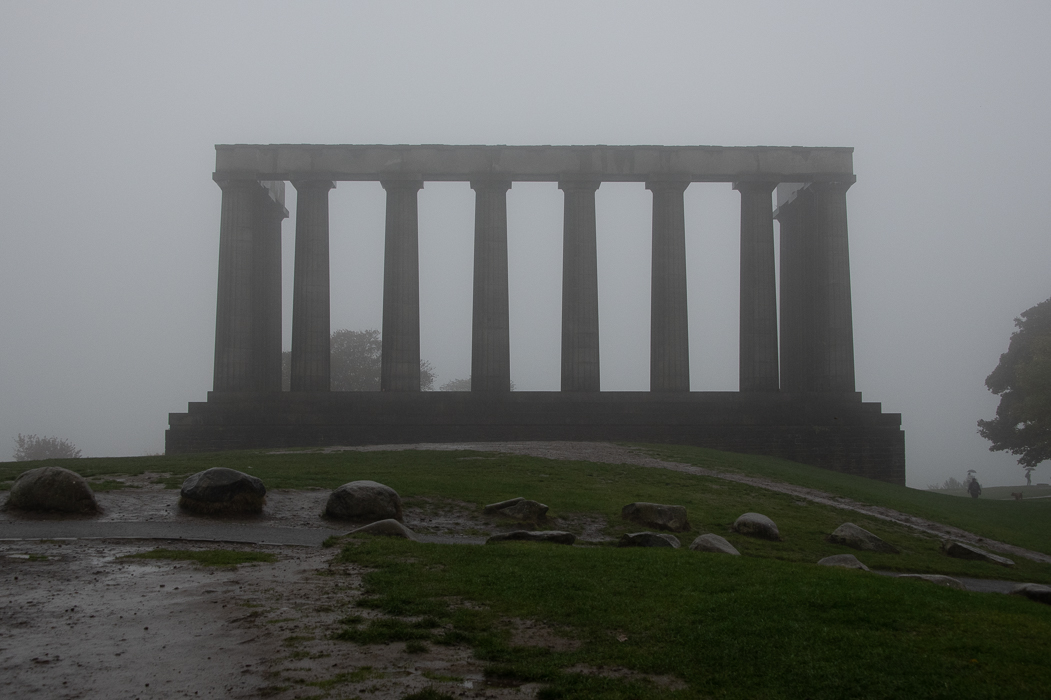
The next day was cold and rainy and I walked to Calton Hill to see the National Monument and the Nelson Monument up close.
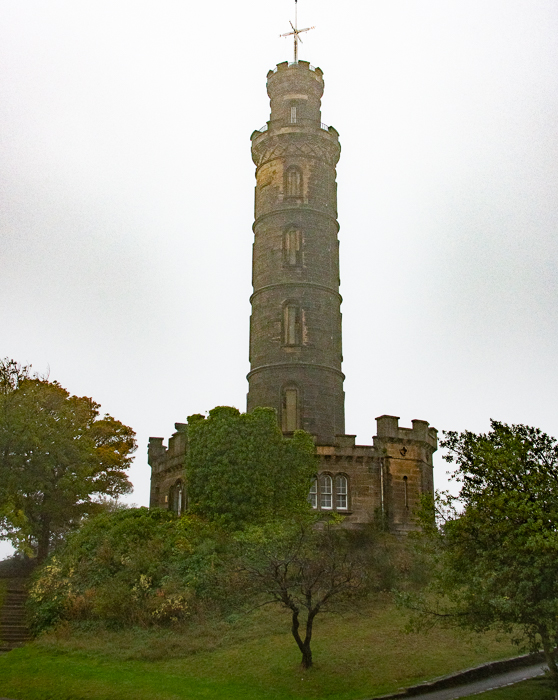
The Nelson Monument was built between 1807 and 1816 to commemorate Nelson’s victory over the French and Spanish fleets at the Battle of Trafalgar
Wandering the Town around Edinburgh Castle
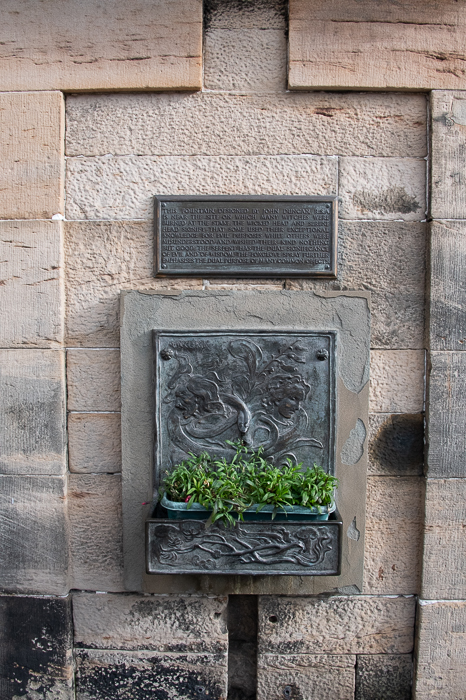
The Witches Well at the lower end of the castle esplanade. The Witches’ Well is a monument to accused witches burned at the stake in Edinburgh.
The item that appears to be a door knocker is an ironmongery, a pre-Georgian latch similar to a door knocker. This is an excellent example of a rare and yet surviving tirling pin.
A guest would move the ring up and down, making a rattling sound to announce their arrival. This type of mechanism is one that the Scottish poet, William Miller, most likely thought of when he wrote the Nursery Rhyme, Wee Willie Winkie:
Wee Willie Winkie rins through the toon,’
Up stairs an’ doon stairs in his nicht-gown,
Tirlin’ at the window, crying at the lock,
are the weans in their bed, for it’s now ten o’clock?
The Heart of Midlothian marks, what once was, the entrance to the UK’s most heinous prison, the Old Tolbooth. Its conditions were so bad that Mary, Queen of Scots ordered it torn down and rebuilt. The prison and its heart are memorialized in Sir Walter Scott’s The Heart of Midlothian, about a fictionalized riot at the Old Tolbooth.
David Hume (1711-1776) was a Scottish Enlightenment philosopher, historian, economist, librarian, and essayist who hailed from Edinburgh.
While this stone sits in the middle of a parking lot, it was not always the case. John Knox was a 16th-century preacher who demanded that his people be able to read the Bible in their own language. He was a key figure in the Protestant Movement. It is said that Knox wanted to be buried within 20 feet of Saint Giles, so he was laid to rest right outside the church in what was once a proper graveyard.
Greyfriar Kirkyard
This Skye-terrier is Greyfriars Bobby. It is said that he stood vigil at his owner’s grave, for 14 years after his owner’s death. When he finally died in January 1872, he was laid to rest in Greyfriars Kirkyard, not far from his owner’s grave.
Burials have been taking place in Greyfriars Kirkyard since the 1600s.
This is a mortsafe, a very popular way to ensure that after you died you stayed put, and not on the table of an anatomy class.
Sir George “Bloody” McKenzie was a lawyer and the Lord Advocate during the rule of Charles II and one of Edinburgh’s most famous figures.
He earned the “bloody” nickname for sending hundreds of Protestant Covenanters to their deaths and imprisoning over 1,000 in a field next to the graveyard he is now interned in. He delighted in the torture of the condemned; guards were allowed to beat the Covenanters at will, and eventually, their heads would adorn the spiked gate.
In 2003 two teenage boys entered the tomb via a ventilation slot in the back. They reached the lower vault (containing the coffins), broke the coffins open, and stole a skull. Police arrived as they were playing football with the skull on the grass. The pair narrowly escaped imprisonment on the little-used but still extant charge of violating sepulchers.
